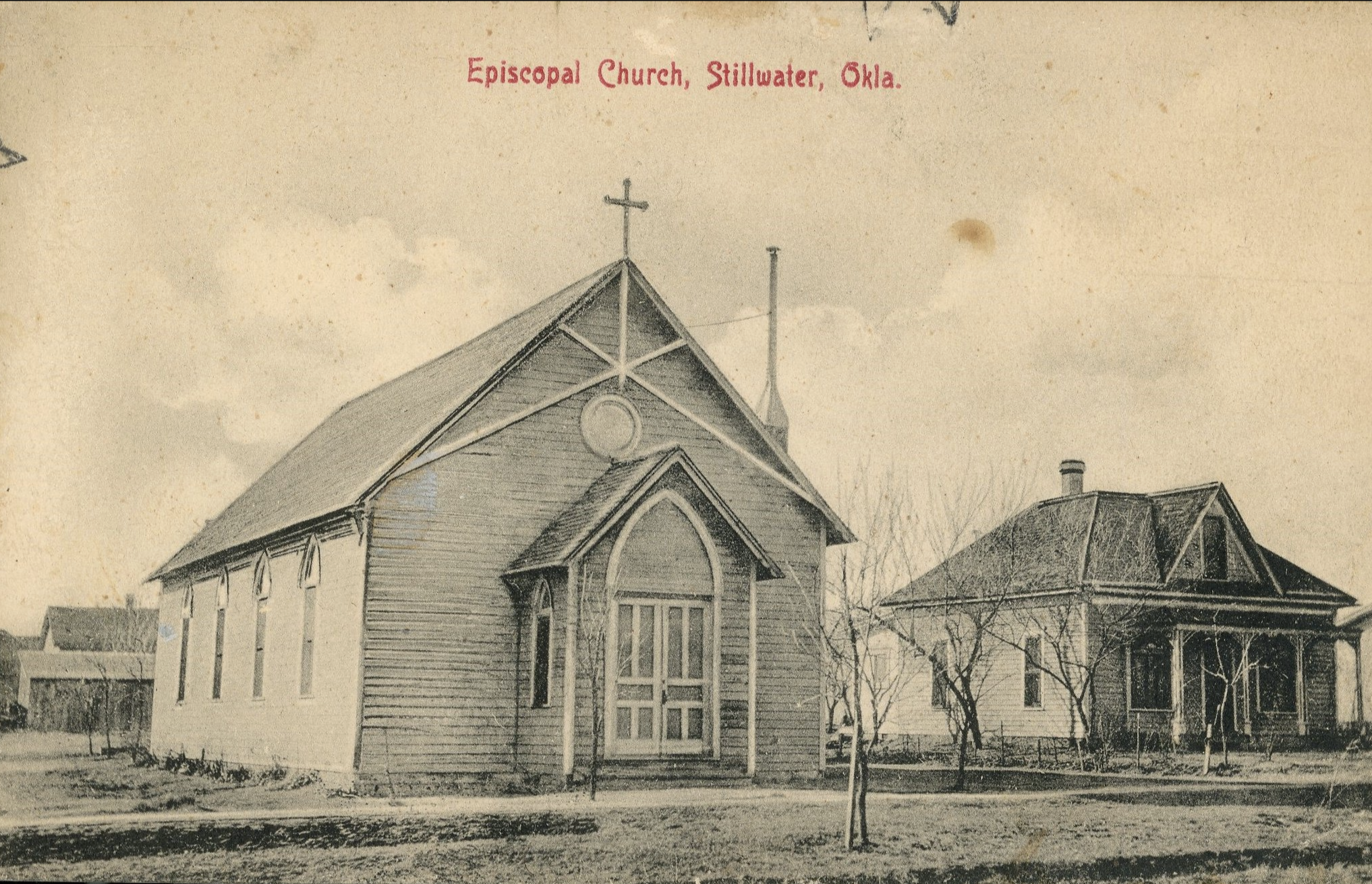
Our Roots
The Episcopal Diocese of Oklahoma had a humble beginning that would be acknowledged as a Diocese on January 16th, 1938. Our Diocese's story is a testament to our people's resilience and faith. At the heart of our Diocese are our 66 congregations. In communities across Oklahoma, small and large, rural and urban, led by full-time or part-time clergy and dedicated lay leaders, Episcopalians gather to worship, form disciples of Jesus of all ages, and love and serve our neighbors.





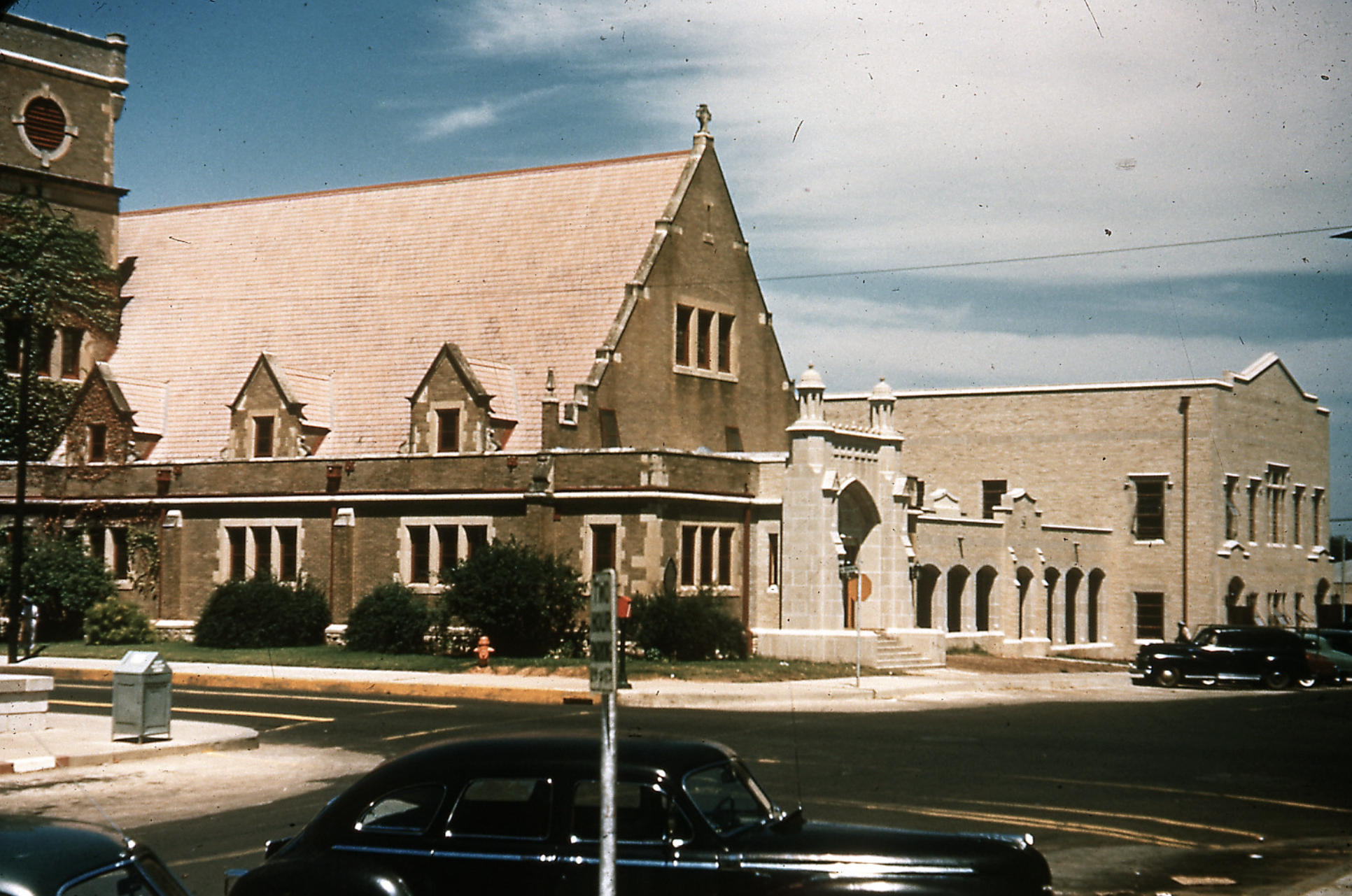

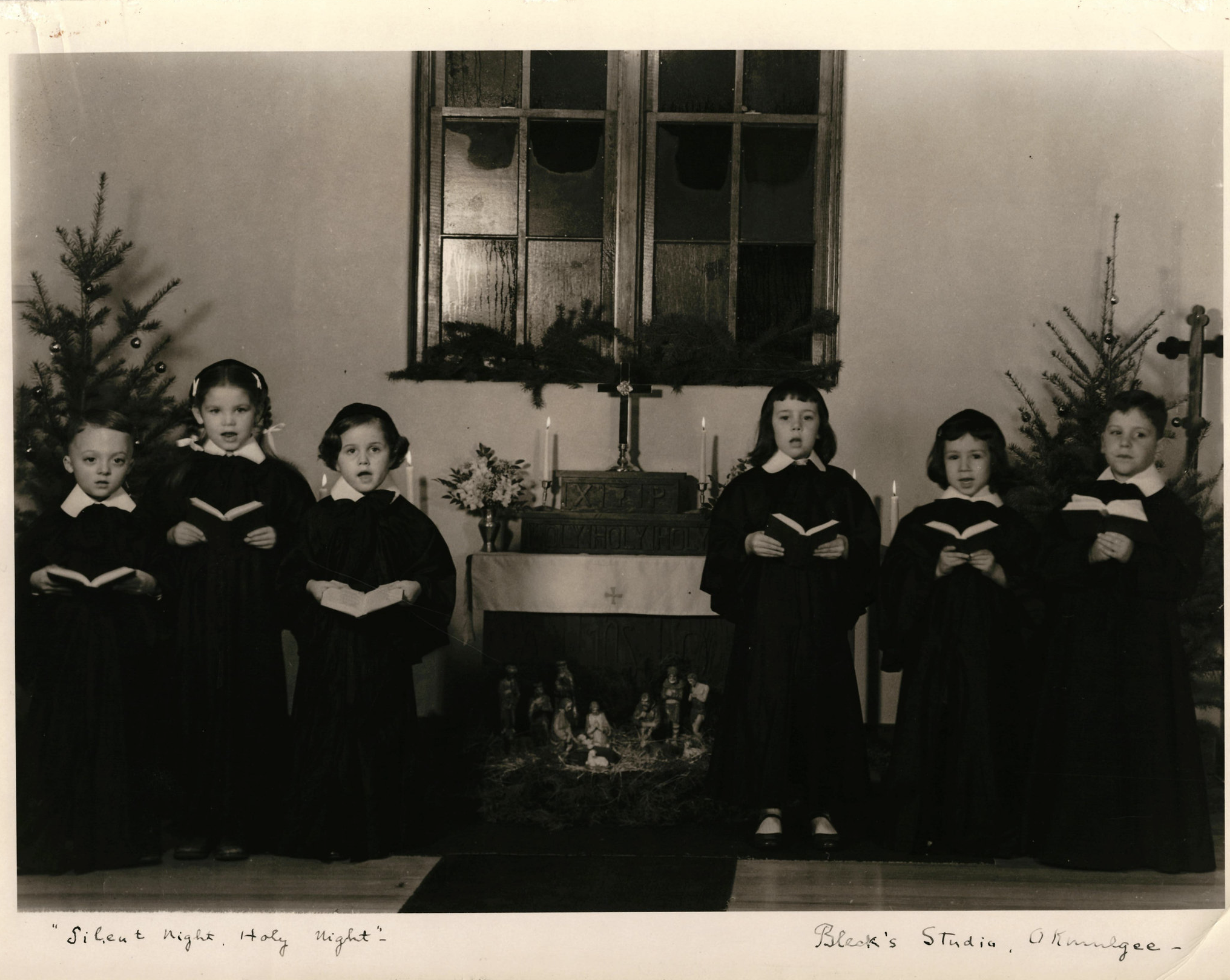


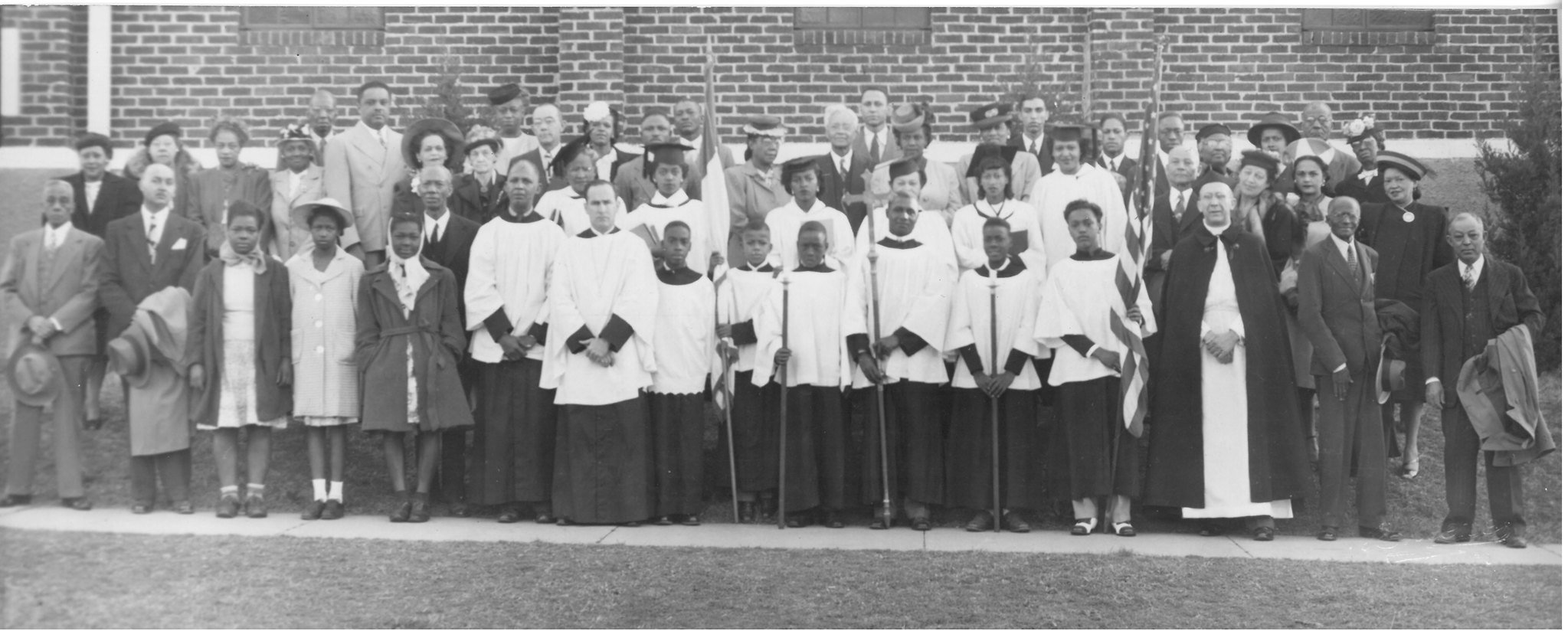
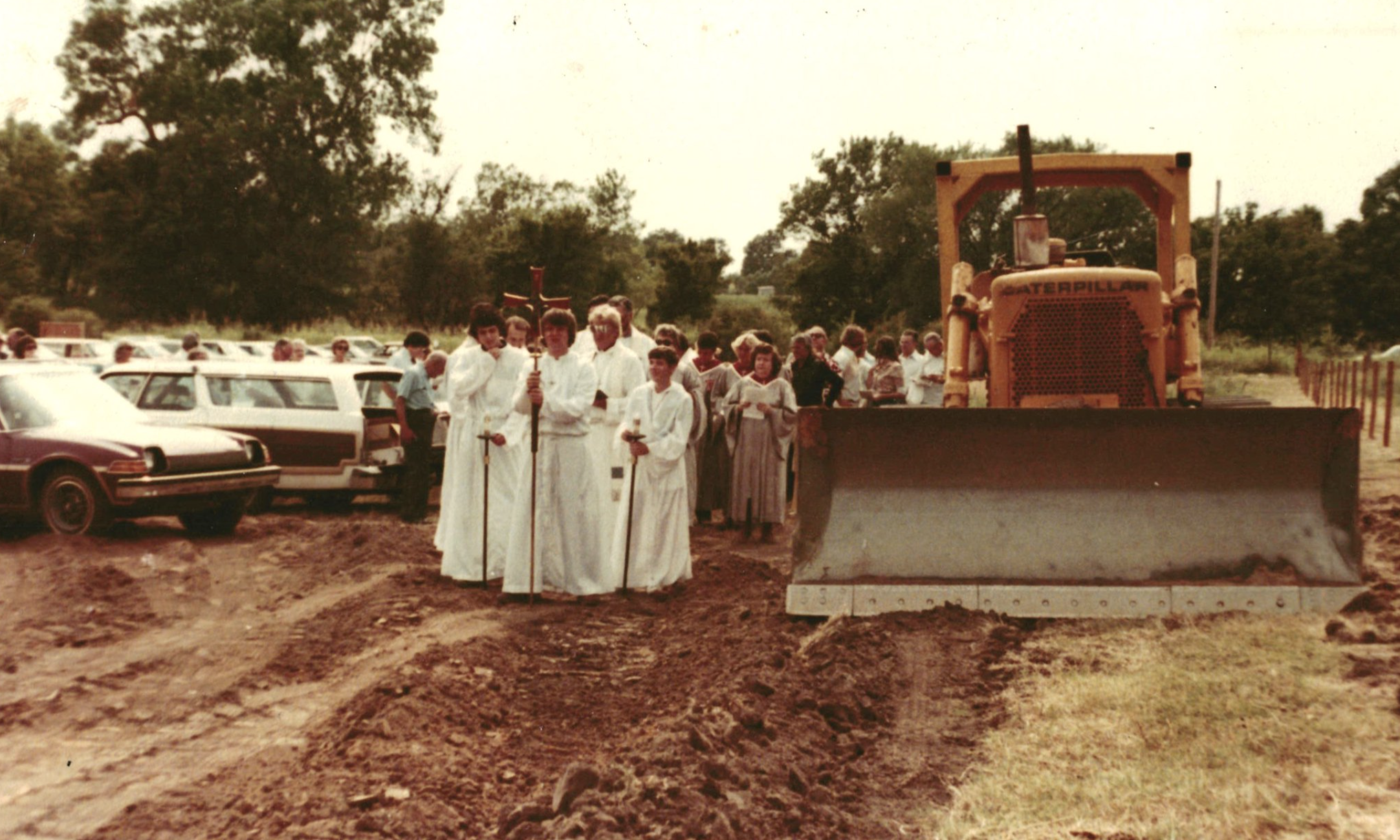

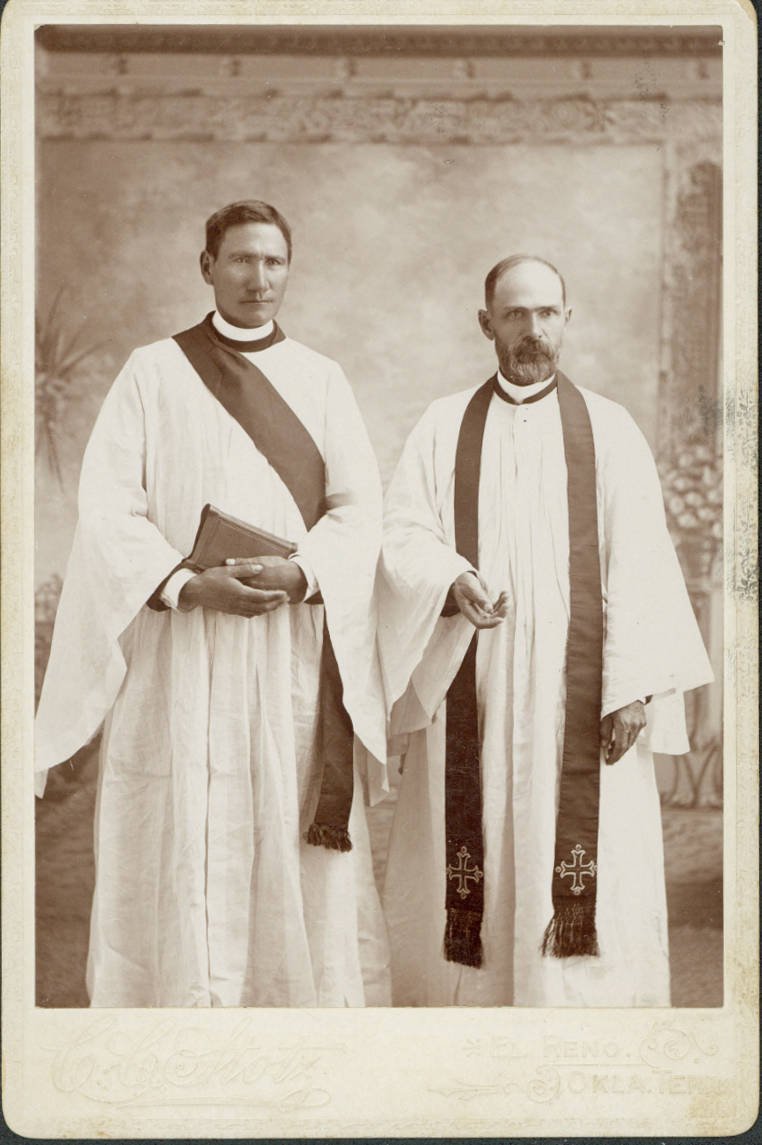
Our Timeline
Explore a brief history of key moments of our Diocese below. If you would like to learn more about the history of our Diocese, contact the Diocesan Archives.
-
In 1881, Deacons David Pendleton Oakerhater (Cheyenne) and Paul Zotom (Kiowa) established a Native American Episcopal Church near Watonga. Between the pair, it was Oakerhater who would leave an indelible mark on the church's history. His tenure as an ordained Deacon in Oklahoma was the longest, serving for 50 years amongst the Cheyenne tribe of Western Oklahoma. This made him a pivotal figure and the only Native American Saint in The Episcopal Church. Learn more about Saint Oakerhater HERE.
In October of 1891, the first edition of the “Oklahoma Churchman” was published by the first clergy of our territory, the Rev. C. W. Tyler and the Rev. G. F. Patterson.
-
The Rt. Rev. Francis Key Brooke was elected Bishop of the Missionary District of Oklahoma and Indian Territory on January 6th, 1893. During his Episcopacy, the Missionary District of Oklahoma was divided into two districts before being reunited in 1919. Bishop Brooke oversaw the Oklahoma Territory, and in 1910, the Rt. Rev. Theodore Payne Thurston was elected as Bishop of Eastern Oklahoma territory.
In 1897, the first black confirmation was held in Kingfisher, and, in 1909, the first black Episcopal Church was established, the Church of the Redeemer in Oklahoma City, which started as a mission church from the Cathedral. Additionally, several other black churches were established; St. Thomas, in Shawnee 1910 - 1919, St. Philip's, in Muskogee 1911 - 1970, and St. Thomas, in Tulsa 1926 - 1972.
From 1911 to 1920, the District of Eastern Oklahoma saw rapid growth. In 1911, the District of Eastern Oklahoma had fifteen churches, seven clergymen, six rectories, and 1,444 communicants in good standing. Eight years later, the number of churches had grown to twenty-nine, with eight rectories, and 1,973 communicants in good standing.
-
When our Diocese received official Diocesan status in 1938, The Rt. Rev. Thomas Casady served as our first Diocesan Bishop. Bishop Casady led the Missionary District of Oklahoma into Diocesan status and financial independence from the National Episcopal Church Office.
In 1947, the Diocese founded Casady School, which started in All Souls’ Church in Oklahoma City’s basement. Later, they purchased 38 acres for a newly built school in central Oklahoma City; today, Casady School encompasses 80 acres and 29 buildings with an average enrollment of 1,000 students, 200 faculty and staff, and more than 4,000 alumni.
-
The Rt. Rev. Chilton Powell was elected Co-Adjudicator in 1951 and became full Bishop in 1953. Bishop Powell served as the chairman of the Standing Liturgical Commission, which oversaw the revision of the Book of Common Prayer in 1978.
During his tenure, he collaborated with the Rev. Dr. Edward Eckel, the fifth Rector of Trinity Church in Tulsa, to bring the dream of an Episcopal senior home to life. Saint Simeon’s Senior Home in central Tulsa opened its doors in 1960.
In 1959, the Diocese purchased the Danielson Lake property between Seminole and Wewoka, Oklahoma. The summer of 1966 marked a significant milestone in the history of our Diocese, the first summer of our beloved St. Crispin’s Summer Camp, a vibrant gathering of forty-four fifth and sixth graders and eleven dedicated adults, led by the camp's Dean, the Rev. Vern Jones. By the year's end, the camp had become a hub of activity, with groups like the Episcopal Church Women, Brotherhood of St. Andrew, Evangelism Division, and Camp and Conference Division all taking advantage of the serene grounds for their meetings.
Also in 1959, Tulsa’s Holland Hall School officially became an Episcopal School. Holland Hall, which now graduates more students in a single class than in its first ten years combined, has graduated over 4,000 students into the college ranks.
In addition to K-12 school support, the Diocese invested for the first time in The University of Oklahoma and Oklahoma State University Episcopal Chaplaincies.
From 1950 to 1994, the Diocese also supported the ministry of the Jane Phillips Hospital in Bartlesville.
-
In 1977, the Rt. Rev. Gerald N. McAllister was consecrated Bishop. During Bishop McAllister’s time, outreach became a priority. The Volunteer Oklahoma Outreach Mission (VOOM) program was established between the Diocese of Oklahoma and the Diocese of West Ankole of the Church of Uganda. The partnership focused on rural health and education by establishing ten clinics and six academic and vocational colleges.
In 1978, Bishop McAllister ordained the first woman Priest in the Diocese, the Rev. Dr. Jane Bloodgood. The Rev. Bloodgood was also ordained as the first woman Deacon in the Diocese by Bishop Powell in 1972 at Trinity Church in Tulsa. By 1978, the Diocese had 34 parishes, 37 missions, and eight congregations.
In 1979, The Rt. Rev. William J. Cox, Suffragan Bishop of the Episcopal Diocese of Maryland, accepted the offer to become Assistant Bishop to Bishop McAllister of the eastern part of Oklahoma. Before Bishop Cox, the Rt. Rev. Frederick W. Putnam served more than 16 years as Suffragan Bishop with Bishop Powell to the whole state of Oklahoma.
Santa Maria Virgen Episcopal Church was established in 1987 to minister to the spiritual needs of the Latin American community in south Oklahoma City. In 1989, when the congregation outgrew the small residence that served as its first home, the Diocese purchased their present site.
Canterbury Living Center for seniors was founded in 1981 on 60 acres of land with 40 acres developed in the Canterbury Living Center. Phase I was completed in 1985, but the senior living center closed in 2023. Then in 1986, the diocese became a sponsor and an owner of Ardmore Village Senior Community in Ardmore, OK. Ardmore Village seeks to provide an environment and opportunities that are most beneficial to seniors.
Under Bishop McAllister, the Diocese began planning for a new Diocesan office. Our new office opened under Bishop Moody in central downtown Oklahoma City, down the street from St. Paul’s Cathedral. In addition to Diocesan Office planning, the Diocese developed a task force for mission development in Tulsa and Oklahoma City; they developed a long-range strategy for missionary expansion in the two cities.
-
In 1987, the Rt. Rev. Robert M. Moody was elected as Oklahoma’s 4th Bishop, eventually becoming the longest-serving bishop in the Diocese of Oklahoma's history.
Bishop Moody hired the first Diocesan Prison Missioner to conduct an active ministry in Oklahoma’s prison system.
Significant events, including the Oklahoma City Bombing on April 19th, 1995, occurred during his Episcopacy. This tragedy left an indelible mark on the state, with St. Paul's Cathedral bearing damage and many Episcopalians across Oklahoma being deeply affected. The Cathedral stood resilient, acquiring additional land and transforming it into a serene sanctuary for meditation and contemplation.
The Diocese also embarked on a revitalization ministry among the Native American communities in Oklahoma. This initiative saw the appointment of an Indian Missioner and the revitalization of the Whirlwind Mission in Watonga, OK. The mission continues to serve as a beacon of hope and unity in the community.
-
The Rt. Rev. Dr. Edward J. Konieczny (or Bishop Ed, as he is known) was elected and consecrated in 2007. During his time, Bishop Ed worked to expand the Diocesan Offices to provide wider support and serve the needs of the Diocese.
Several new mission churches were founded and opened their doors for worship for the first time. Grace Church, Yukon was planted in 2014 in Yukon/Mustang/West OKC, a growing area where the Episcopal Church has not had a huge presence. With an eye toward the de-churched from evangelical and charismatic backgrounds, Grace Church has grown from 12 to over 500 members and attendees by 2024. It is an open and inclusive church for the LGBTQ+ community, with a vibrant children’s and student ministry, and with every generation represented (but an average age in the 30's).
Christ Church was formed following the Church of the Holy Spirit's decision to leave the Episcopal Church following the election of Gene Robinson as Bishop of New Hampshire. A handful of loyal, dedicated Episcopalians remained committed to an Episcopal presence in south Tulsa. On Jul 4th, 2005, Father Hal Greenwood and Canon Charles Woltz led the first service. Episcopal churches around the Tulsa deanery sent parishioners to attend Christ Church to assist with attendance and support; some of those ended up joining Christ Church. On November 18th, 2005, Christ Church officially petitioned for mission status. Christ Church's mission is to be a missionary outpost of the Diocese of Oklahoma where they “Follow Jesus. Love People. Change the World.”
From 2011 to 2021, significant growth was seen at St. Crispin’s Conference Center + Camp. The Tomorrow’s Leaders Campaign and A New Oakerhater for a New Generation Campaign were initiated. In the summer of 2019, campers stayed for the first time in newly built cabins, and in 2021, guests dined in the new Bishop Konieczny dining hall and rested in the newly built Oakerhater Lodge.
-
On May 30th, 2020, the Rt. Rev. Poulson C. Reed was consecrated as Bishop Coadjutor at St. Paul’s Cathedral. Then, at a small ceremony in the middle of the COVID-19 pandemic, he was seated as the Bishop Diocesan on August 8th, 2020 (the Feast of Saint Dominic). In 2021, we embarked on a journey of innovation and vitality, partnering with the Episcopal Church Foundation and FaithX to bring the Congregational Vitality Assessment to life. As the pioneering adopter of this assessment, we've been able to roll it out across 89% of our congregations, fostering a spirit of exploration and discernment.
To encourage this spirit, we launched our Vitality Granting Program. This initiative empowers our congregations to experiment freely, breaking down any barriers that might stand in their way. Over 30 grants have been awarded to congregations across the state.
In 2022, we partnered with Luther Seminary to launch the Faithful Innovation Program. This program invites us to discern God's mission in our lives, our communities, and our churches. It's a journey of discovery, a call to action that encourages us to embrace God in our everyday lives.
Archives
The Archives of the Episcopal Diocese of Oklahoma serves as the corporate and ministerial memory of the Episcopal Church in Oklahoma. It is the primary historical repository of The Episcopal Church in Oklahoma’s mission, ministries, parishes, congregations and people.
Its core mission is to collect and preserve records of enduring value relative to the history and contributions of the Diocese, Bishops, parishes, missions, institutions and undertakings. Its collection contains closed church registers, church historical papers, Diocesan Convention journals, Diocesan newsletters, papers related to the Diocesan history, Bishop and Suffragan papers, Deacon David P. Oakerhater history, sermons, books, architectural drawings, photographs and historical artifacts.
We have liturgical items that are available to churches from the Diocesan archive. Please review our Drop Box photographs and listing if your church has a need. This pamphlet was created as a resource for Parish Priests, Vestry and Parish Archivists to manage their records and historical papers. If you would like additional information about preserving your parish archives, please contact the Diocesan Archivist.
The archive is located at The Episcopal Diocesan Center, 924 N. Robinson Ave., Oklahoma City.
-
A generous grant from the Oklahoma Heritage Preservation Grant Program enabled the Episcopal Diocese of Oklahoma Archive to digitize select photographs and documents and partner with the Oklahoma Historical Society’s digital portal, The Gateway to Oklahoma History. Our participation in the portal allows national and international researchers to become acquainted with the remarkable history of the Episcopal Church in Oklahoma. The images are a small portion of the vast historical holdings preserved since 1893 and reflect Episcopal ancestors’ spiritual, economic, and cultural contributions to Oklahoma. In the coming years, more papers, recordings, and photographs will be uploaded to the website. We are proud to partner with the largest historical institution and repository in the state and The Gateway to Oklahoma History. We hope this is just the beginning of open access to Episcopalian history in Oklahoma. The Episcopal Diocese of Oklahoma collection may be accessed at: gateway.okhistory.org
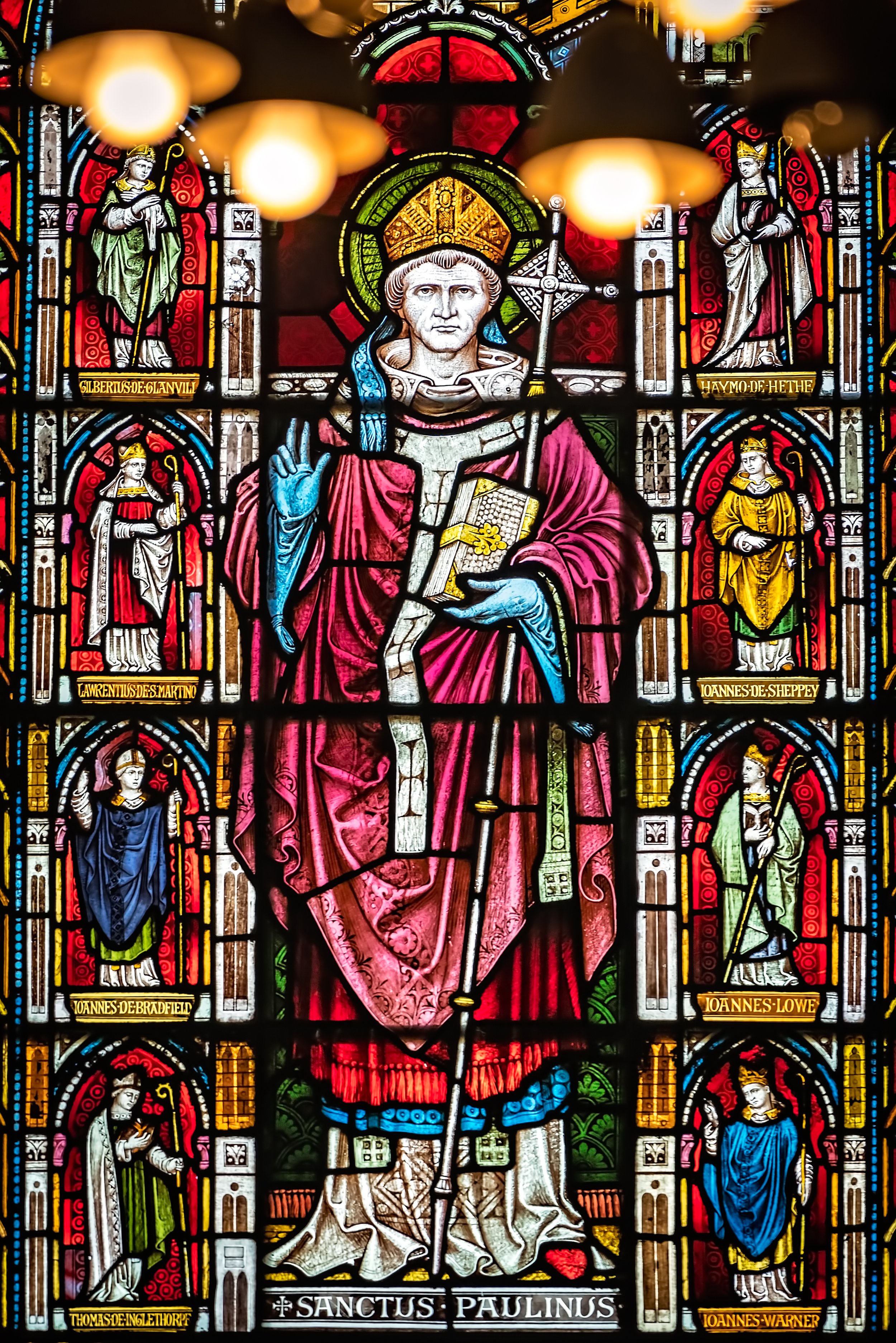
We are the Episcopal Church in Oklahoma.
